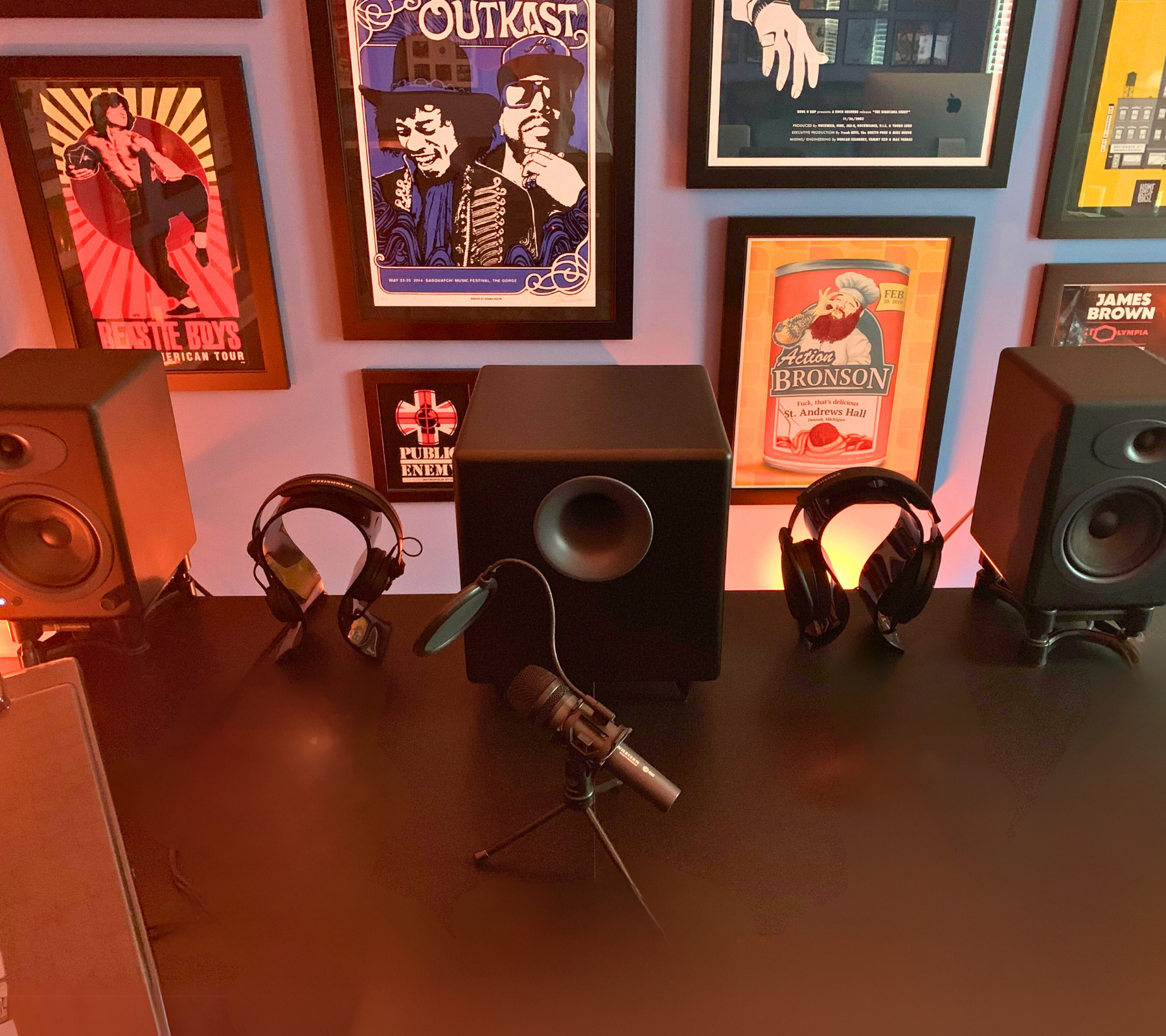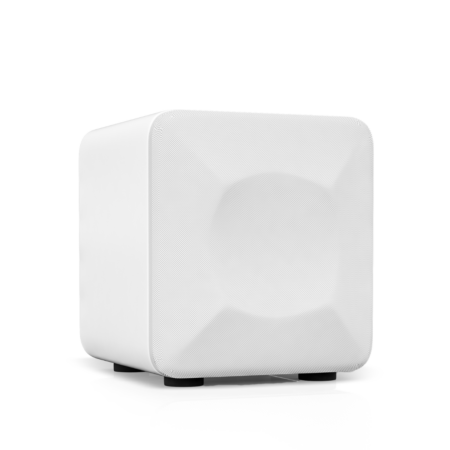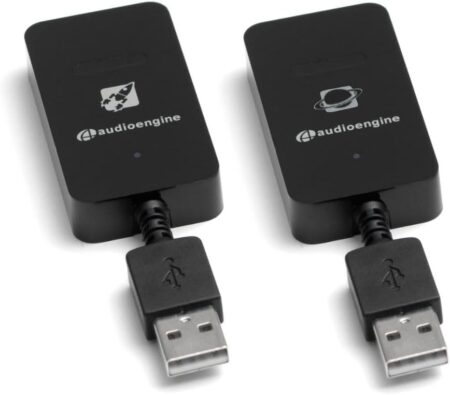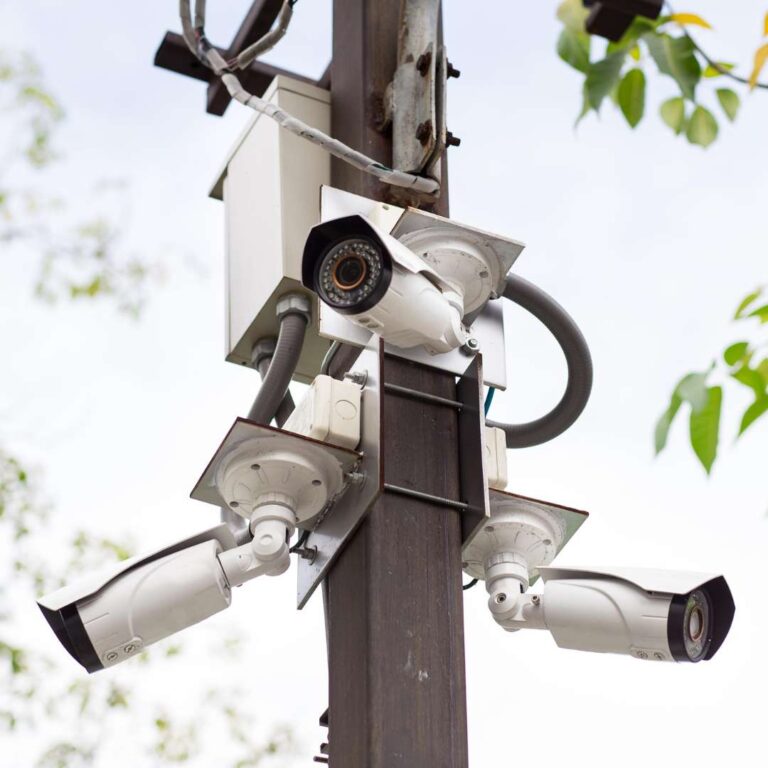Understanding how subwoofers handle low frequencies, particularly those below 30Hz, is essential for achieving high-quality sound. Did you know that frequencies under 30Hz are not typically used in music?
In this article, we’ll explore the capabilities of subwoofers and what actually makes bass enjoyable for music lovers and audiophiles.
Understanding Low Frequencies and Subwoofers
Subwoofers are engineered to handle the low-frequency range of audio, typically between 20Hz and 200Hz. However, not all subwoofers are created equal, and achieving clear sound below 30Hz requires a very specialized and expensive setup.
Learn More: Why Not All Subwoofers Are Created Equally
The Challenge of Ultra-Low Frequencies
Producing bass below 30Hz involves significant technical challenges. For those looking to explore these ultra-low frequencies, larger subwoofers with large drivers and more powerful amplification are required, with some subwoofers providing over 1000 watts of power at a much higher cost. However, the question arises: can you hear these frequencies?
Can You Hear 20Hz?
Frequencies between 20 and 30 Hz, although technically audible to humans, come with their own set of challenges. To produce these sounds clearly and without distortion, subwoofers need a lot of power and strong large speaker drivers.
Our ears are not very sensitive to these low sounds, so they need to be loud enough to feel as vibrations in your body rather than just hear them. In a typical living room, the experience of these very low frequencies can be affected by how far you are from the subwoofer and the room’s acoustics.
Beware of Misleading Marketing
When considering subwoofers, beware of false advertising. Some companies may claim their subwoofers can reach ultra-low frequencies below 30Hz. However, in reality, these subwoofers often distort and sound muddy when playing at volumes loud enough for these frequencies to be heard. This misleading marketing can lead to disappointment and frustration for consumers who expect high-quality sound. It's important to look for honest specifications and reviews that accurately reflect a subwoofer's performance, ensuring that your investment truly enhances your listening experience.
Requirements for Reproducing Frequencies Below 30Hz
To reproduce frequencies below 30Hz, subwoofers need substantial power amplification and high sound pressure levels (SPL).
- Power Amplification: Subwoofers with more powerful built-in amplifiers, over 400 watts, can sometimes produce ultra-low frequencies without distortion. This requires significant energy, and the equipment must be capable of handling this power to maintain sound quality. These frequencies often aren’t heard by your ears as much as they are felt by your entire person. In a traditional living room, these ultra-low frequencies are often less important as you will likely be too far away to truly feel the impact.
- Sound Pressure Level (SPL): SPL measures the pressure level of sound and is crucial for low-frequency reproduction. High SPL ensures that even the lowest notes are audible and impactful. Achieving high SPL at low frequencies often requires large subwoofers and robust enclosures to prevent unwanted vibrations and distortion.
Does Music Include These Frequencies Below 30Hz?
Most music recordings do not include frequencies below 30Hz because these ultra-low frequencies are challenging to reproduce accurately and require specialized, often expensive equipment to do so.
When a subwoofer that only goes down to 30 Hz is asked to reproduce frequencies below this limit, the results can be less than optimal. Typically, the subwoofer's output will drop off significantly for these lower frequencies, leading to a lack of volume and clarity.
Instead of accurately producing these deep tones, the subwoofer might deliver a weak or muddy bass response, lacking the impact and definition desired in high-quality audio. By focusing on frequencies that standard subwoofers can handle well, music producers ensure a better listening experience across a wider range of playback systems.

Audioengine S6 Desktop Subwoofer
What Makes Bass Enjoyable?
Good bass is defined by clarity, depth, and accuracy. It's not just about how low the bass can go but how well it maintains quality across the frequency range.
- Quality Components: High-quality subwoofers use premium components to ensure distortion-free bass. While Audioengine's S6 and S8 subwoofers are not designed to go below 30Hz, they provide clear and dynamic bass that complements both music and home theater systems down to 33Hz, close to the limit of human hearing. As most music recordings don’t include these frequencies, this frequency range is optimal for listening to music at home.
- Balanced Sound: A well-balanced subwoofer integrates seamlessly with the rest of the audio setup, providing a cohesive sound that enhances the overall listening experience. The adjustable crossover feature in Audioengine subwoofers allows for fine-tuning the frequency response to match your specific listening environment.
- Room Size and Placement: The size of your room and the placement of your subwoofer significantly affect how well it can reproduce low frequencies. Larger rooms require more powerful subwoofers to fill the space with adequate bass. Additionally, the placement within the room can influence the frequency response.
- Small Rooms: In smaller rooms, placing the subwoofer too close to walls or corners can lead to exaggerated bass and potential resonance issues. It's important to experiment with different locations to find the best balance.
- Large Rooms: Larger rooms can benefit from corner placement to amplify the bass response. However, ensuring that the subwoofer has enough power to fill the space without distortion is crucial. In some cases, using multiple subwoofers can help achieve even bass distribution.
Conclusion
While subwoofers capable of reproducing frequencies below 30Hz are available, they require significant investment in high-end equipment and careful setup. Some companies may claim their subwoofers can reach these low frequencies, only to distort and sound muddy. For most music lovers and audiophiles, subwoofers like the Audioengine S8 and S6 offer excellent performance within the typical listening range, providing clear and impactful bass that enhances their audio experience. Proper placement and understanding of power amplification and SPL are key to getting the most out of any subwoofer setup.









